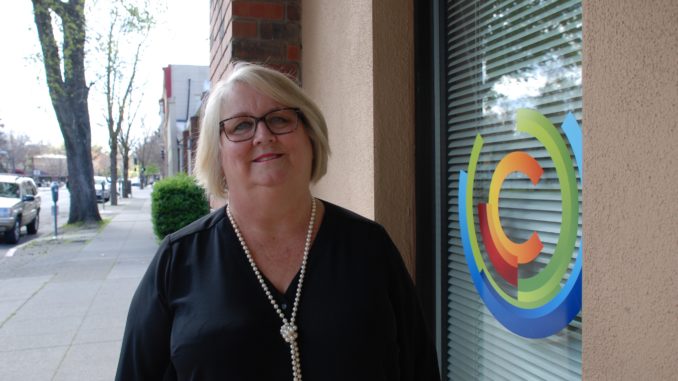
In early March, as coronavirus started to spread through the Sacramento Valley, Katy Thoma remained optimistic.
She understood the gravity of the situation—Butte County officials had recently declared both a local emergency and a local health emergency—and, as executive director of the Chico Chamber of Commerce, Thoma helped business owners navigate a sea of ever-changing information. When greeting visitors at the chamber’s downtown office, she’d offer an elbow bump instead of a handshake, in deference to public health guidelines.
Her optimism stemmed from the resilience of a community that’s faced multiple large-scale emergencies in recent years—from the Oroville Dam spillway crisis to wildfires.
Speaking with the CN&R at the time, Thoma—who formerly worked as executive director of the Jesus Center as well as the Chico State Research Foundation—explained that people locally step up during times of crisis. She pointed to the 2018 Camp Fire and how a wide array of Chicoans—professionals and volunteers—embraced the multitudes displaced from affected areas. Residents welcomed fire escapees into their homes; doctors and nurses, of their own volition, headed to evacuation centers to provide aid; soon after, community members—led by Sierra Nevada Brewing Co. owner Ken Grossmen, Green Bay Packers quarterback Aaron Rodgers and the North Valley Community Foundation (NVCF)—banded together to establish the Butte Strong Fund, which has granted more than $35 million toward recovery efforts.
“Anymore,” she said, “I would never fret about a disaster and [fear that we’d] not have the community rise up.”
Months later, with COVID-19 having grown increasingly prevalent in the county, Thoma found her faith validated. Sitting in her office again, this time with masks and hand sanitizer at the ready, she listed some of the recent local efforts that have grabbed her attention.
There’s the pair of couples—dining companions Tim and Ann Edwards, and Wally and Susan Marshall—who started a charity to jointly benefit food service workers and at-risk populations. The COVID-19 Local Restaurants, Local Needs Fund procures meals from eateries and caterers whose employees, jobs impacted by coronavirus restrictions, make the deliveries.
She also highlighted two other NVCF-hosted funds, set up to purchase face masks made by businesses in Chico—apparel manufacturer Fifth Sun and mask manufacturer Salus Supply—for free distribution locally.
Thoma has witnessed the response across all facets of the community as government agencies, hospitals, schools, nonprofits, businesses and individuals have adapted to meet continually evolving needs during Butte County’s latest emergency.
“What I have observed, and what we’ve experienced, is those that have have really stepped up,” Thoma said, adding: “It’s our DNA.”
‘Continuing emergency’
Butte County’s recent emergencies influenced the response by organizations and the public to the current pandemic. That’s a sentiment expressed by local leaders across the spectrum. They’ve drawn on ingrained experiences to plan quickly for contingencies as coronavirus conditions have morphed, and they’ve found residents for the most part accepting.
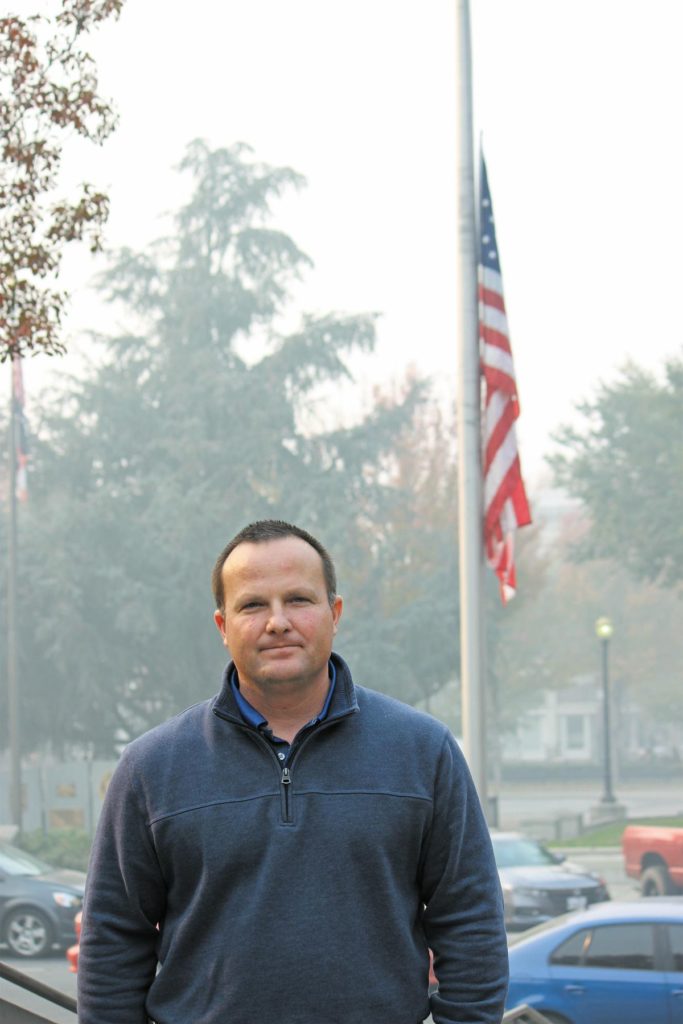
While the COVID-19 pandemic is the third major local emergency since 2017, following the Oroville Dam spillway crisis and the Camp Fire, some look at events further back. At Enloe Medical Center, for instance, administrators trace the origin of their preparedness mode to the first evacuation of Feather River Hospital in Paradise during the 2008 Humboldt Fire. The through line for all, though, is the compounding sequence of hardships.
“I’ve had a lot of time to think about this, unfortunately, over the past number of years,” Chico City Manager Mark Orme said. “Because of all the things we’ve had … it’s been a continuing emergency.
“We are a resilient community based on our history.”
Mary Sakuma agrees. She was elected superintendent of the Butte County Office of Education two days before the Camp Fire; she transitioned from assistant superintendent literally as the smoke cleared. As public health mandates for coronavirus took effect, then changed rapidly, Sakuma and BCOE staff already had procedures established to handle the circumstances.
BCOE—like hospitals and other governmental agencies—activates an incident command structure. This personnel plan typically includes opening an emergency operations center, or EOC, to centralize decision-making and communication.
“We already know how to do this,” Sakuma said, “we’ve done this too many times. And, so, my internal team, we knew right where we needed to be, the players who needed to be in the EOC this time around, what kind of conversations we needed to have—and, perhaps better than most, we know how to make our unmet needs known through a chain of command.”
Danette York became director of Butte County Public Health last summer, seven months after the Camp Fire, but has worked 20 years in the field. She’s at the epicenter of the current emergency—moreso since the departure of her department’s public health officer, Dr. Andy Miller, at the end of June.
Though adherence to public health recommendations—particularly wearing face coverings in public—has appeared to fluctuate greatly as the pandemic has persisted, York attributes the positive responses to a distinctly local characteristic.
“The one good thing that I think has happened in Butte County that other places probably did not have is at least some of the population—I hope most—already had respect for leaders like our county administrative officer, Shari McCracken, and our sheriff[-coroner], Kory Honea, because they already had been through these disasters with them before,” she said. “They’d received information from them on a regular basis … people knew their names, knew who they were, knew they could rely on them for accurate information.”
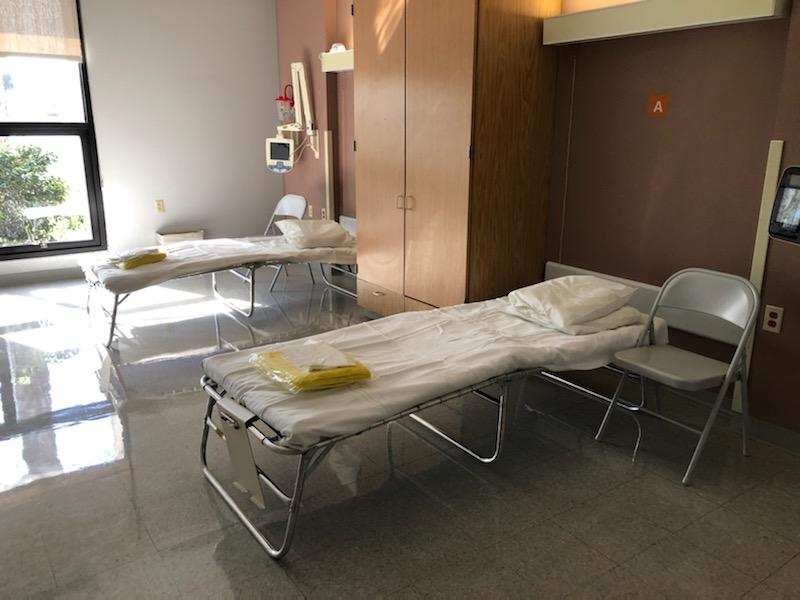
Enloe Medical Center)
Enloe CEO Mike Wiltermood, at Chico’s hospital since 2007, noted how area residents have “been through an awful lot and sacrificed greatly for the benefit of the entire community during these various disasters, and COVID has been no different.
“People just step up and roll with the punches. We get so much collaboration and support. People frequently often express appreciation for what we’re doing, but we wouldn’t be able to do it if we didn’t have this community.”
Battle tested
Enloe, as the North State’s trauma center, mobilizes for emergencies routinely. The hospital serves as the medical funnel for victims of accidents in the region—notably the 2014 bus crash on Interstate 5 that killed 10—and disasters. Such was the case in July 2008, when Feather River Hospital decided to evacuate the 50 patients in its care as the Humboldt Fire approached Paradise town limits.
Already in reorganization mode, following financial and leadership struggles in 2006-07, Enloe used that experience to reshape its response. Wiltermood called the Humboldt Fire “the seminal event we learned the most from” that, from his perspective, “represents the beginning of our disasters.”
The hospital discovered the value of using an incident command team “rather liberally,” Wiltermood explained: Instead of reserving emergency protocols for “an overwhelming disaster,” Enloe started deploying its team (sometimes opening a command center) “anytime we have an unusual circumstance.” A recent example, right before the coronavirus spread, is when the electronic medical records system got hit by a cyberattack in January.
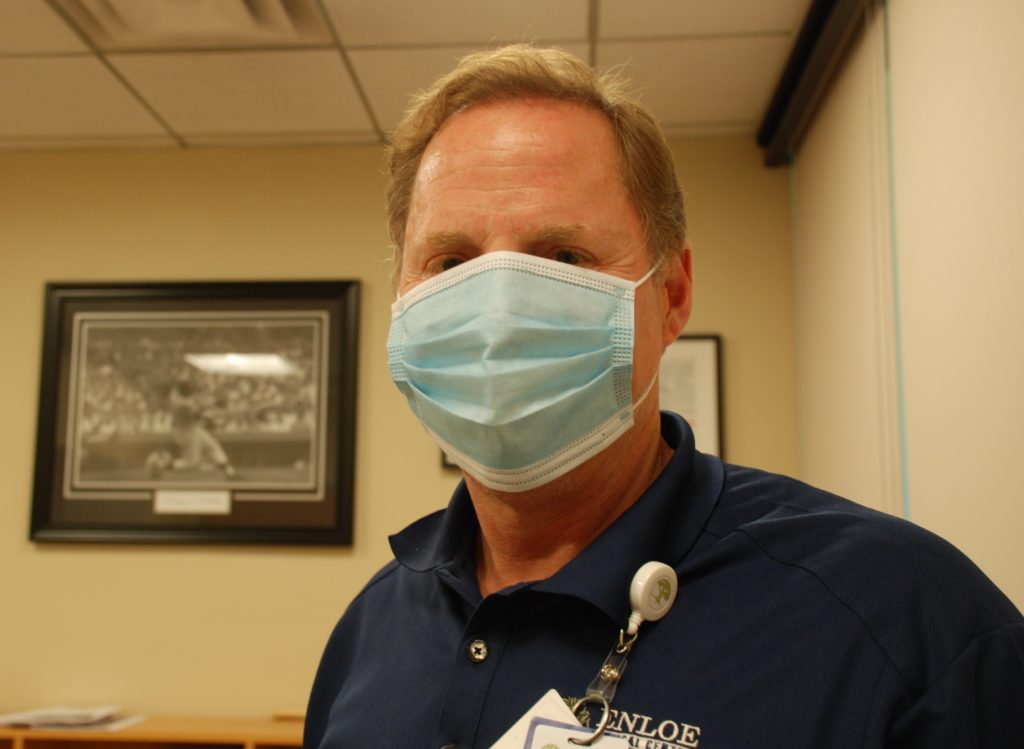
“We don’t really have to go through disaster drills because we have enough real-life stuff happening that we’re constantly learning, constantly evolving as an organization,” he added. Moreover, Enloe was ready to “pivot” when federal and state officials required hospitals to prepare for a potential spring surge of coronavirus patients.
Orme, along with being city manager, has served as Chico’s emergency operations director since the City Council declared a city emergency in April. He’s coordinated with York and Wiltermood on the health side, Thoma and others on the business side, and a range of government and community leaders to address myriad issues associated with the pandemic.
“There’s just a multiple layer upon layer upon layer of impacts associated with this emergency that [are] unique compared to other emergencies,” he said. “It’s kind of like a big old pot of jambalaya: You throw in whatever spices are necessary, and we’ve had whatever spice you could possibly imagine, from every agency at the federal level, the state level, the county, nonprofits.
“What that really boils down to is the need for collaboration—and we [in Butte County] are so collaborative. We have to have a level of trust that others haven’t had to bear witness to.”
Orme has worked at City Hall since 2013, when he was hired as assistant city manager amid budget issues. That “financial emergency” is the starting point he identified for local crises—and it’s become a factor of the coronavirus pandemic, with municipal revenues directly tied to the health of the local economy.
Sales tax, primarily, funds city services. State mandates have shuttered businesses and put residents out of work. Compounding the impact, Chico State will conduct most classes online, reducing the population of students residing locally.

Danette York, director of Butte County Public Health.
(CN&R file photo courtesy of Butte County Public Health)
As before, the city manager will recommend to the City Council options for streamlining Chico government. Orme projects a shortfall of $7 million but will assess second-quarter tax receipts and present a revised budget in October.
Butte County Behavioral Health also is feeling pinched: State cuts affecting federal funding will cost the department $11 million in 2020-21, nearly 14 percent of its budget. This comes, Director Scott Kennelly noted, as demand for care has risen at the local agency that offers mental health and addiction services for low-income residents—including the increasing number of unemployed.
Kennelly’s staff and clients immediately felt the brunt of the state’s stay-at-home orders, which forced cancellation of in-person appointments except for extreme cases. Behavioral Health shifted to online and phone counseling, plus launched peer support via Zoom. He, like Sakuma at BCOE, said he receives calls from colleagues across the state seeking advice.
“The unfortunate part of having three or four emergencies is you’re battle tested, and there are some things you can do very quickly because you’re familiar with that,” Kennelly said. “I think Butte County—because we’ve had so many things happen, so many disasters—has had the ability to adapt quicker than some counties who haven’t experienced any fires and natural disasters.”
Remask/recover
Along with being battle tested, Butte County also is battle fatigued. Kennelly has observed the cumulative effect of crises not only on Behavioral Health clients but also staff, who also are living through the tumultuous events.
Rural counties struggle to offer ample access to psychiatrists, psychologists and social workers. California has a shortage of these practitioners, along with counterparts in medical health. Coronavirus has thinned his corps further, Kennelly said, by forcing some service providers to step back for medical reasons or family needs.

From his perspective, the pandemic represents the fourth county emergency since 2017: Along with the spillway crisis in February of that year, Kennelly counts the Wall Fire in Bangor that fall, followed by the Camp Fire and COVID-19.
“I have a lot of staff who have been on the front lines working in every one of those disasters, and it’s wearing on them,” he said. “A lot of stress.
“We’re trying to make sure there’s resources for our workforce to remain resilient and get the support they need.”
Other officials expressed the same concern.
“It’s trying,” Orme said, “when you’re continually in a state of recovery and then immediately back in a state of emergency.”
Material needs continue to grow, too. Local communities recovering and rebuilding from the Camp Fire must deal with a concurrent predicament that takes money from the same overtaxed pool. Enloe lost $30 million in the four months it stayed on standby for a coronavirus surge and will need to ramp up fundraising—from donors already giving elsewhere and now impacted by the economic slowdown—for its needs.
“We need to be cognizant of the impact this is having on the community,” Wiltermood said, referencing psychological as well as financial stresses. “But I can’t imagine a community that would respond better to a challenge like this; I really can’t.”
Still, citizens have started to fray. Public Health and the city found widespread acceptance of preventative measures during the early days of the pandemic. Lately, however, resistance has developed even as the number of cases spiked.
“The biggest thing you’re going to see over the next couple months is how [government officials] reengage the community,” Orme said. “The shift of COVID-19 and the pressures it’s placed … have created a devolution—we’ve gone backwards.”
Thoma, fittingly, remains optimistic. Despite adverse conditions, the chamber has added two-dozen members since the start of the pandemic to reach 600. While state restrictions have forced some businesses to close their doors, others have retooled, such as Fifth Sun with face masks and Almendra Winery & Distillery manufacturing hand sanitizer.
“I believe resiliency is what’s going to sustain us and keep us moving forward,” she said. “We have good people here.”


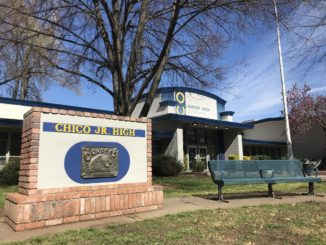

Be the first to comment